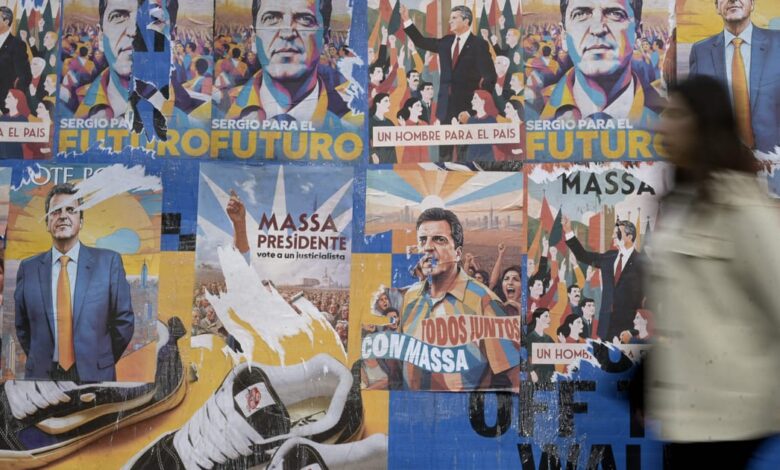AI, Inc. flexes its election bona fides — and hunts for customers – POLITICO

The nonprofit splices together the detection tools of its fee-charging rivals and its own in-house methods to give users a percentage score to gauge how likely it is that an image, video or audio clip is fake. People can insert a web link to suspicious content or upload material directly. TrueMedia then rates the probability that something is AI-generated — though Etzioni admits the findings aren’t perfect.
When POLITICO used the free service, for instance, the system was able to detect about 85 percent of the deepfakes.
Etzioni said that, as of May, thousands of people — from academics and journalists to election officials and U.S. federal government staffers — were using his product. He would not say how much it took to run the detection tool. But costs, according to the AI expert, had come down as TrueMedia’s AI systems were trained on increasingly larger numbers of queries.
“It is, by design — now and in the future — a money-losing proposition,” he admitted — again declining to comment on his plans for the service after the U.S.’s November election. “Our idea is to be a public service, and public services have a cost.”
For Kate Dommett, a professor of digital politics at the University of Sheffield in the U.K., the rise of AI tools dedicated to this year’s election cycle — from commercial vendors and nonprofits alike — represents the starting gun, not the finishing line, in the technology’s evolution.
Dommett is an expert in how political campaigns worldwide have tapped into the latest tech advances. Amid the AI hype, she remains skeptical that the current cohort of services, especially those offering an inside track into reaching people on social media via complex algorithms and so-called data analytics, is anything more than smoke and mirrors.



